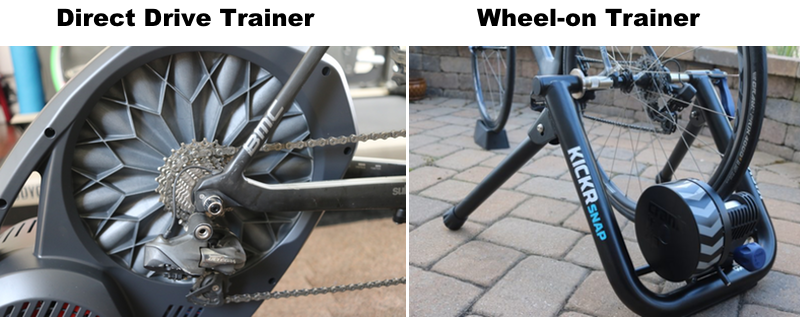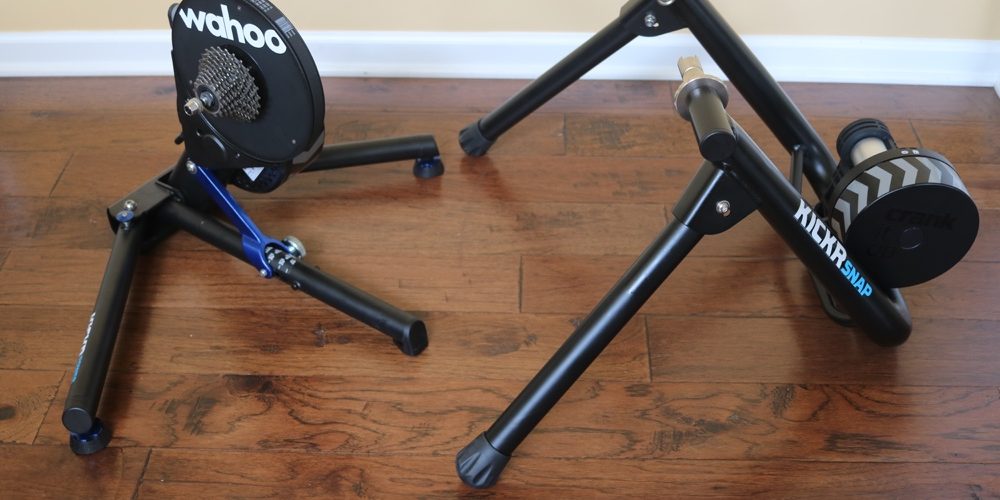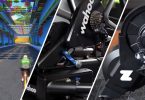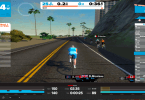The Lemond Revolution was the first direct drive trainer to hit the market in 2010. It’s direct drive design and true road simulation feel set the trainer apart from everyone else. Fast forward few years, other companies entered the direct drive market with quieter and smarter trainers. Just last year, we’ve seen almost every manufacturer add at least one direct drive trainer to their line-up.
DESIGN
Direct drive trainers, do away with the rear wheel entirely. Basically, you need to remove the rear wheel and attach your bike directly to the trainer. A dedicated cassette is required. With wheel-on trainers, you can attach your bike without removing the rear wheel, so it can be easier to mount and dismount.

THINGS TO CONSIDER
If you are thinking of purchasing a new trainer this year, understanding the differences between the two designs is important. Aside from price, here is a list of questions you should ask yourself to help with your decision:
- Does your bike fit? Direct drive trainers can fit a wide range of bikes, and if you ride a TT or road bike, you are most likely ok with either design. However, it’s always good to just make sure.
- Are you comfortable removing the rear wheel? Some people aren’t comfortable removing the rear wheel. Direct trainers require you to remove the rear wheel and attach your bike directly to the trainer.
- Do you plan on using different bikes with different type cassettes? If you own a bike with a 10-speed and another with 11-speed, then you will be swapping cassettes everytime you switched bikes. Changing cassettes is simple once you get used to it and might take about 5-minutes. But this is something to think about.
DIRECT DRIVE vs WHEEL-ON
Assuming your bike can fit both trainers, now you are probably asking yourself, why spend more money? What makes a direct drive trainer better than a wheel-on? Here is a quick rundown of the differences between a wheel-on design vs a direct drive trainer:
- Direct Drive trainers tend to be more accurate, faster response time, higher wattage, more resistance, and better road feel.
- Direct Drive trainers don’t require calibration as often as wheel-on trainers.
- Direct Drive trainers can be quieter. Tacx NEO and Elite Drivo are one of the quietest trainers I’ve used.
- Direct Drive trainers don’t require a rear wheel so you don’t have to worry about tire wear and tear.
- Wheel-on trainers can be prone to tire slippage.
- Wheel-on trainers can be lighter and easier to move around.
- Wheel-on trainers are usually cheaper.
- Whee-on trainers require frequent calibration to ensure consistent accuracy.








